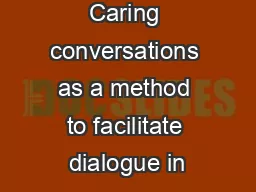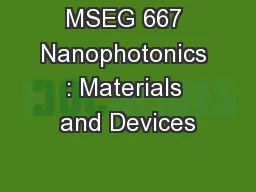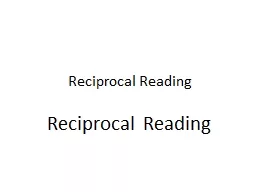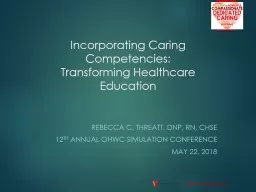PPT-Designing Educational Agents by Reciprocal Caring Approach
Author : marina-yarberry | Published Date : 2018-03-15
Zhi Hong Chen National Central University Taiwan Educational agent Computersimulated virtual characters which have humanlike characteristics to enrich the individual
Presentation Embed Code
Download Presentation
Download Presentation The PPT/PDF document "Designing Educational Agents by Reciproc..." is the property of its rightful owner. Permission is granted to download and print the materials on this website for personal, non-commercial use only, and to display it on your personal computer provided you do not modify the materials and that you retain all copyright notices contained in the materials. By downloading content from our website, you accept the terms of this agreement.
Designing Educational Agents by Reciprocal Caring Approach: Transcript
Download Rules Of Document
"Designing Educational Agents by Reciprocal Caring Approach"The content belongs to its owner. You may download and print it for personal use, without modification, and keep all copyright notices. By downloading, you agree to these terms.
Related Documents














